A pressure washer is one of those tools that can make outdoor cleaning feel surprisingly satisfying. With the power of pressurized water, you can blast away years of dirt, grime, and mildew from driveways, fences, cars, and patios in just minutes. But to truly make the most of your pressure washer and avoid damaging surfaces, it’s important to know a few smart techniques. Whether you’re a first-time user or a seasoned homeowner, understanding how to handle the equipment properly can make all the difference. From choosing the right nozzle to mastering your cleaning angle, these tips will help you work efficiently, safely, and with professional-level results every time.
1. Read the Manual First
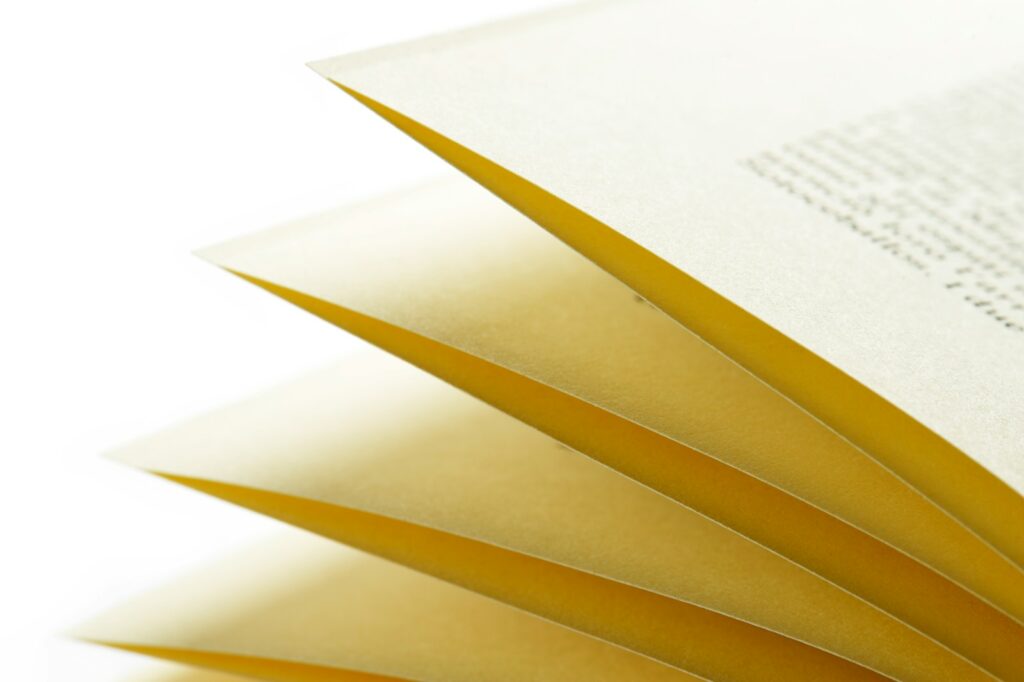
Before turning on your pressure washer, take time to read the instruction manual thoroughly. Every model operates differently and has specific guidelines for water pressure, detergent use, and safety procedures. The manual provides valuable information on how to assemble attachments correctly and avoid mishandling the device. Understanding your machine’s capabilities prevents costly mistakes and helps you achieve the best cleaning results. By familiarizing yourself with the manufacturer’s recommendations, you ensure not only your safety but also the longevity of your pressure washer. It’s a simple step that saves time, protects surfaces, and builds confidence in your cleaning process.
2. Start With the Right Nozzle
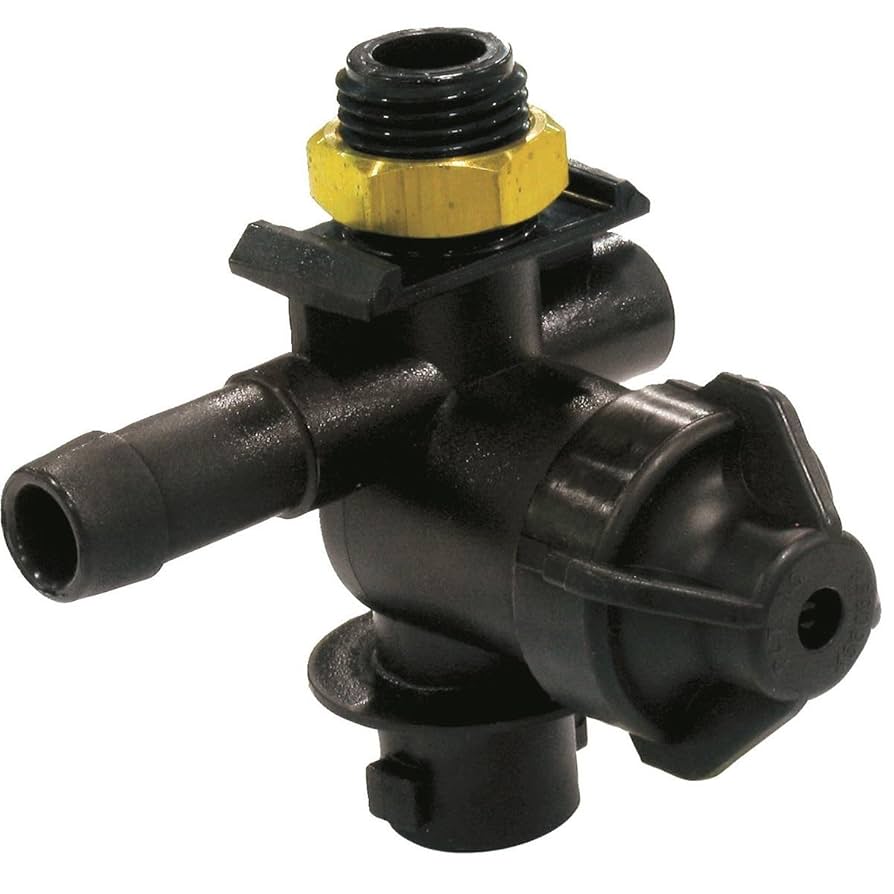
Choosing the correct nozzle determines how efficiently and safely you can clean any surface. Pressure washer nozzles come in various angles, typically ranging from 0 to 40 degrees, each suited for a specific task. Wider nozzles create a gentler spray for delicate materials like wood or car paint, while narrower ones provide a concentrated stream for stubborn grime on concrete. Always start with a wider nozzle and adjust to a narrower one only if necessary. This method prevents surface damage and improves control. Selecting the right nozzle ensures optimal water flow, even cleaning, and a longer lifespan for your machine.
3. Test on a Small Area First
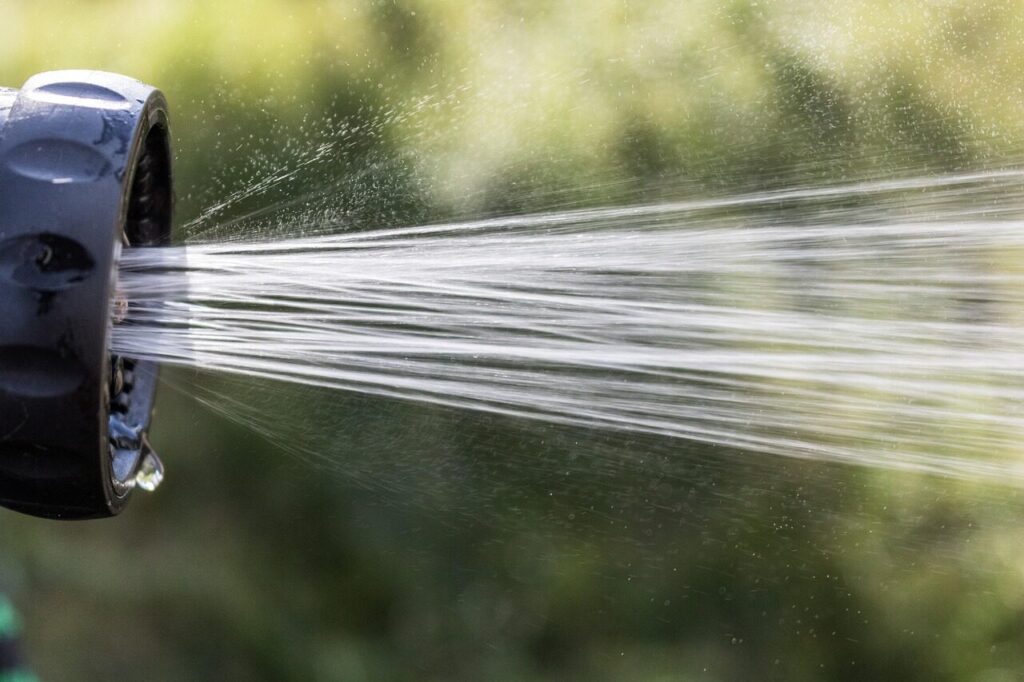
Before you begin cleaning a large surface, always test the pressure washer on a small, hidden area. This step helps you determine if the pressure level and nozzle type are suitable for the material you are cleaning. Some surfaces, like wood or paint, can easily be damaged by excessive force. Testing first ensures that you can adjust the settings before causing harm. It also helps you find the best technique for the task, improving consistency throughout the project. A quick trial run saves you from costly repairs and guarantees smooth, safe, and effective cleaning results every time.
4. Keep a Safe Distance
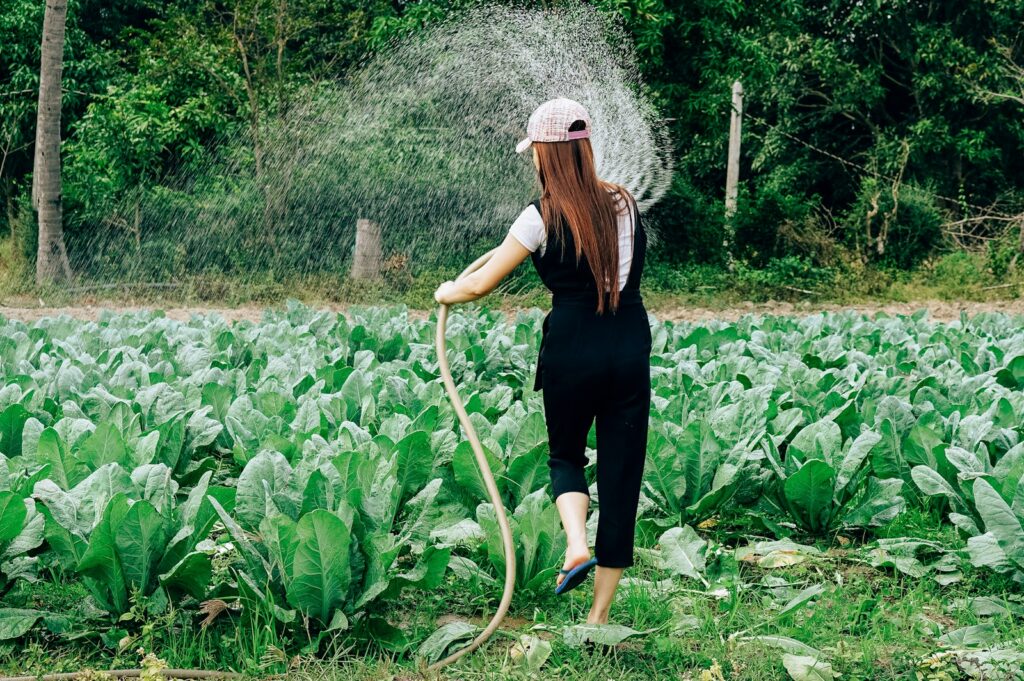
Maintaining the correct distance between the nozzle and the surface is crucial for both safety and cleaning quality. Holding the spray too close can cause permanent damage, such as chipping paint, etching stone, or splintering wood. Conversely, being too far reduces cleaning power and wastes water. The ideal distance is typically around 6 to 12 inches, but this may vary depending on the surface type and nozzle used. Start farther away and gradually move closer until you find the perfect balance. This approach protects delicate surfaces, maximizes cleaning efficiency, and keeps you safely out of the spray’s force.
5. Move in a Steady Motion
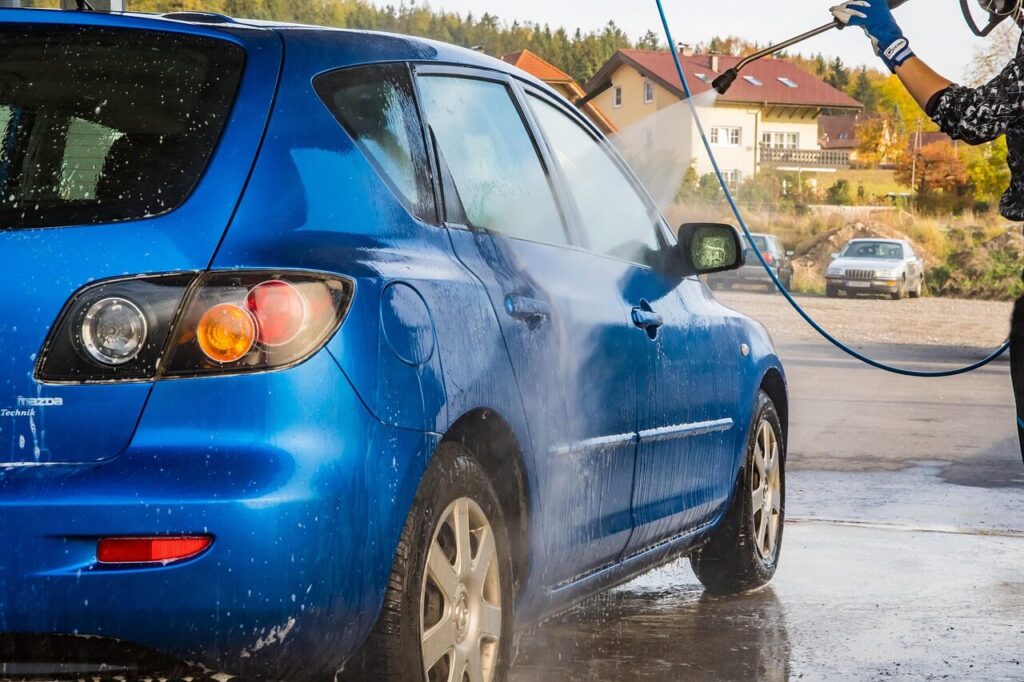
Instead of focusing the water jet on one spot for too long, move the pressure washer wand in smooth, consistent strokes. A steady back-and-forth or side-to-side motion helps clean evenly and prevents streaks or gouges. Overlapping each pass slightly ensures that no dirty patches remain. This technique works particularly well for driveways, decks, and fences, where an even finish is essential. Avoid jerky or circular movements, as these can create visible marks. Developing a rhythm not only improves results but also reduces fatigue during long cleaning sessions, making the entire process more efficient and enjoyable.
6. Use Detergent Wisely
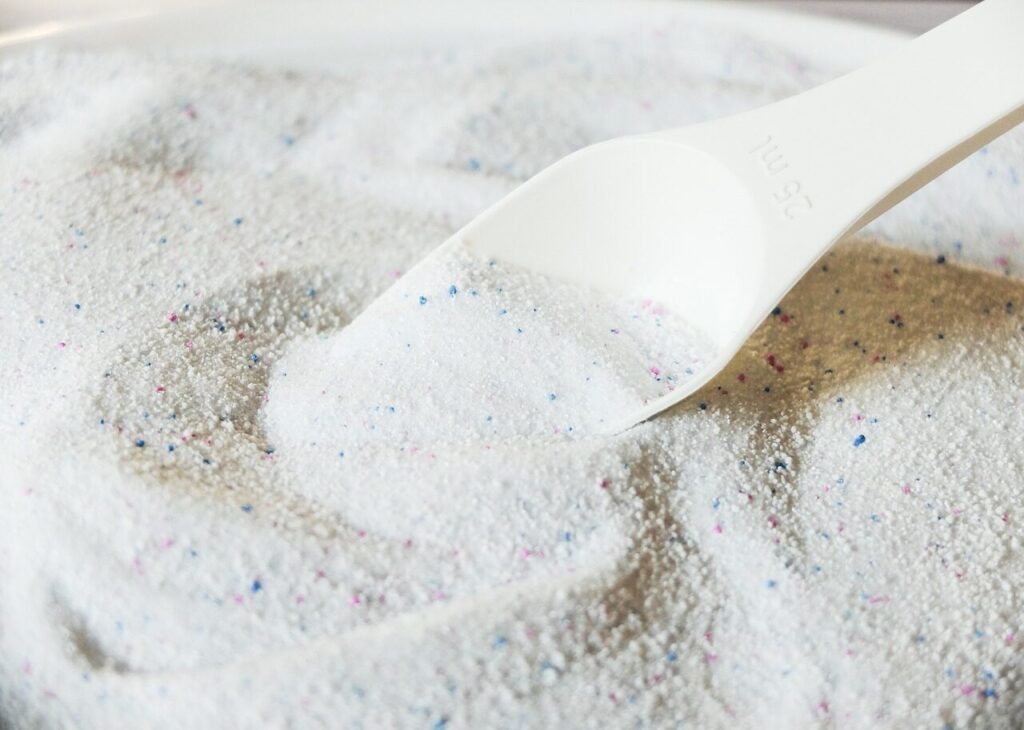
Detergents can make pressure washing faster and more effective, especially for tough grime, grease, or mildew. Always choose a cleaning solution specifically formulated for pressure washers and safe for the surface you are cleaning. Apply the detergent using a soap nozzle or low-pressure setting, allowing it to sit for a few minutes to break down dirt. Avoid letting it dry completely before rinsing, as this can cause residue or streaking. Rinse thoroughly with clean water using a higher-pressure nozzle afterward. Using detergent properly saves time, enhances cleaning performance, and leaves surfaces spotless without unnecessary scrubbing effort.
7. Protect Electrical Components
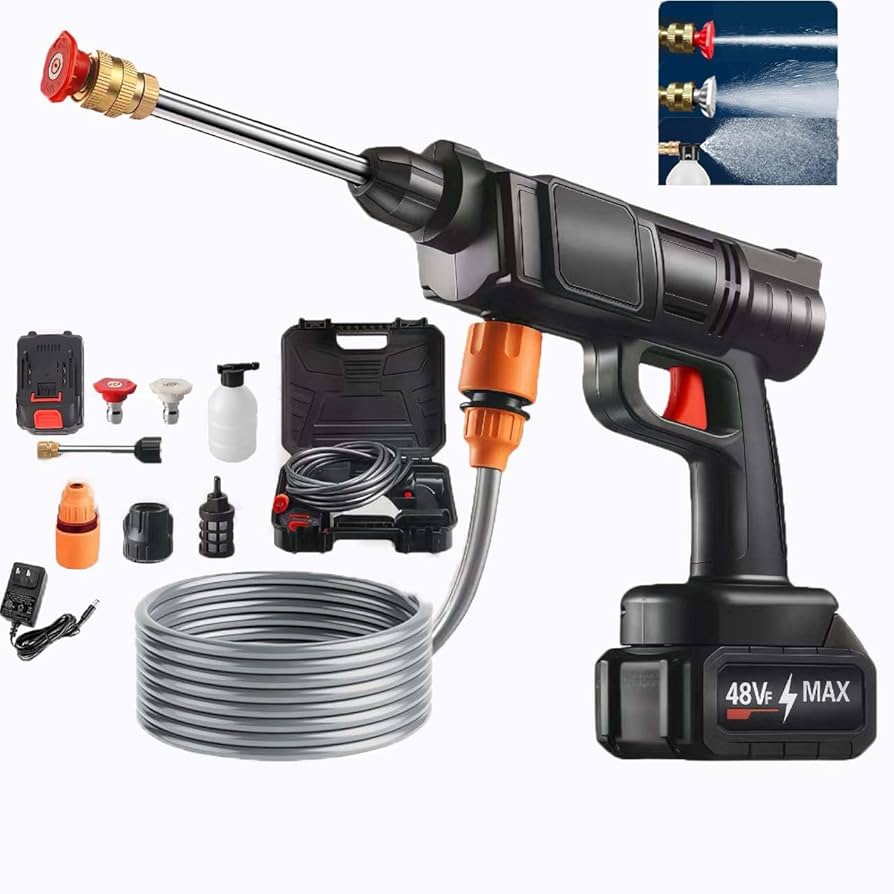
Water and electricity never mix, so it’s essential to take precautions when using a pressure washer near electrical outlets, light fixtures, or appliances. Before you start, cover exposed electrical parts with waterproof materials or avoid spraying in their direction altogether. If you are cleaning near outdoor lighting or power sources, maintain a safe distance to prevent water infiltration. Always plug your pressure washer into a properly grounded outlet equipped with a ground-fault circuit interrupter. Being cautious around electricity ensures your safety and prevents short circuits or damage to electrical systems while keeping your cleaning project worry-free.
8. Mind the Weather
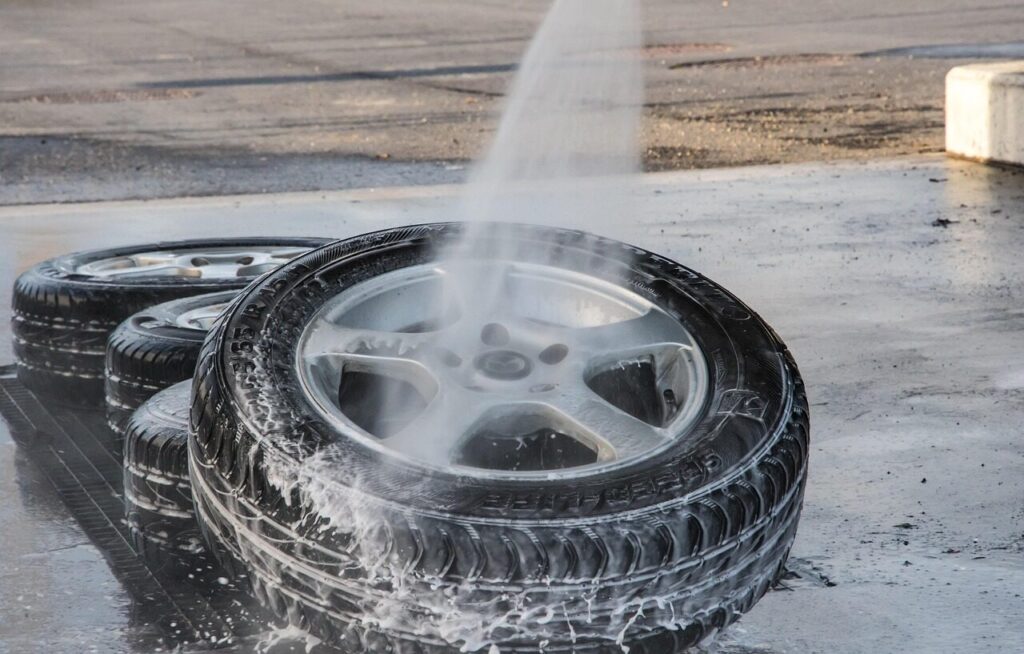
Weather conditions play a significant role in how effectively and safely you can use a pressure washer. Avoid operating the equipment on windy days, as water spray can be redirected, making cleaning difficult and wasting water. Rainy or extremely humid weather can also cause slippery surfaces and unsafe footing. The best time to pressure wash is on a mild, dry day when surfaces can dry quickly. Working in favorable weather not only improves visibility and comfort but also enhances cleaning results. By timing your project wisely, you reduce risks, save energy, and achieve a cleaner, more polished outcome.
9. Wear Proper Safety Gear
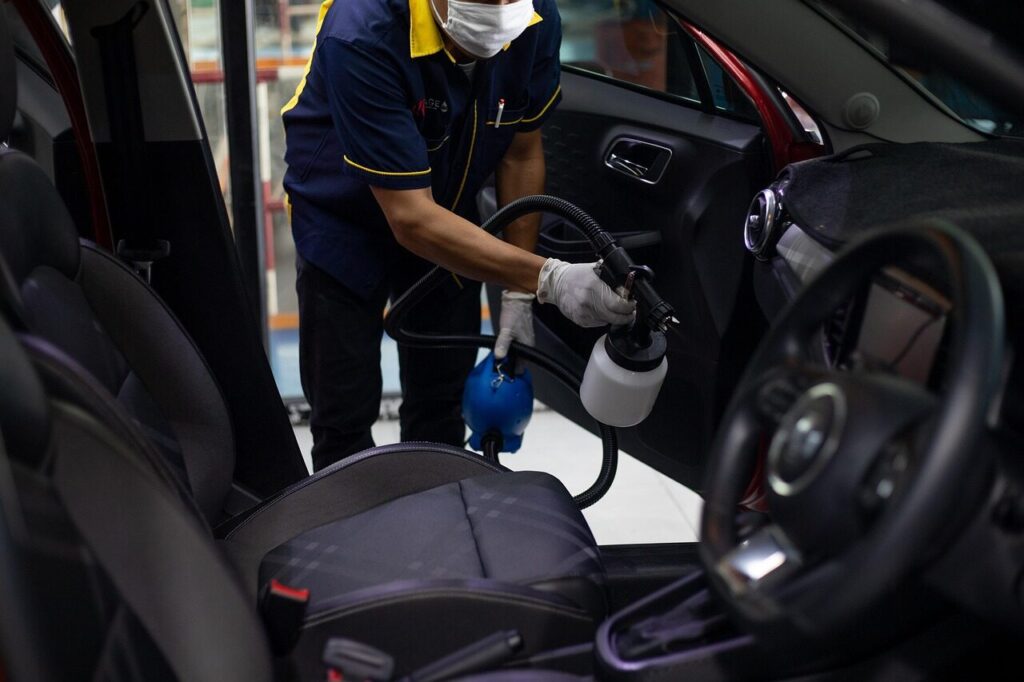
Safety gear is essential when operating a pressure washer because even low-pressure water jets can cause injury. Always wear protective goggles to shield your eyes from debris and splashing water. Non-slip shoes, gloves, and long pants protect your skin and improve your grip on the equipment. Avoid loose clothing that could get caught in the spray or moving parts. Ear protection may also be useful for gas-powered models that produce louder noise levels. By wearing the right gear, you minimize risks, work more confidently, and stay focused on achieving excellent results without compromising your safety and comfort.
10. Clean From Top to Bottom
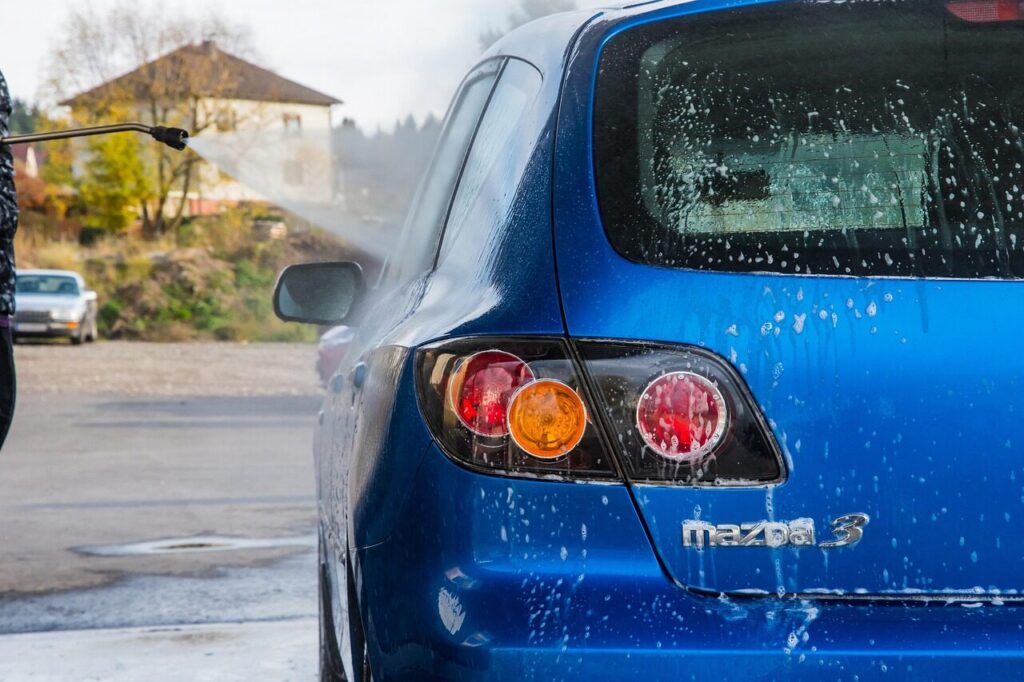
When washing vertical surfaces such as walls, fences, or vehicles, it’s always best to start from the top and move downward. This technique ensures that dirty water and debris flow away from already cleaned areas, preventing streaks or uneven results. Begin by rinsing off loose dirt before applying detergent or soap, then wash section by section. Gravity will help rinse away residue efficiently, making the entire cleaning process faster and cleaner. Working from top to bottom also allows you to monitor your progress easily and maintain consistency, resulting in a spotless, professional-looking finish every single time.
11. Use the Right Pressure Setting
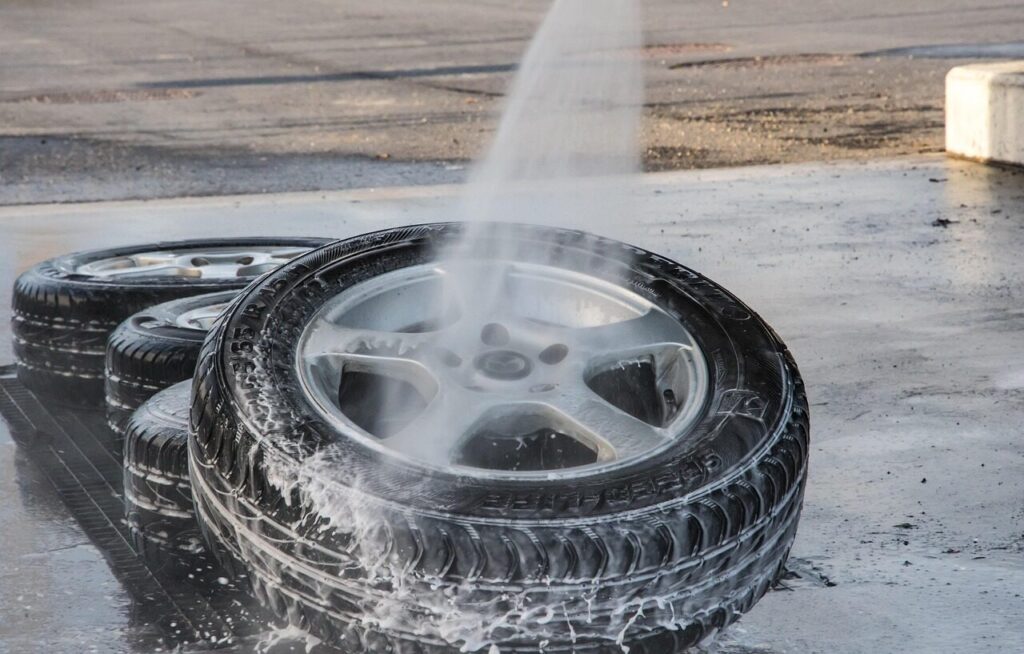
Each cleaning task requires a specific pressure level to achieve optimal results without causing damage. Most pressure washers feature adjustable pressure settings or interchangeable nozzles to help tailor the water force to the job. Lower pressure is best for cars, wood, and painted surfaces, while higher settings are ideal for concrete or brick. Starting at a lower setting allows you to test effectiveness and gradually increase as needed. Using the right pressure ensures efficiency, saves water, and extends the life of both your machine and surfaces, making every cleaning project safer and more precise overall.
12. Rinse Thoroughly
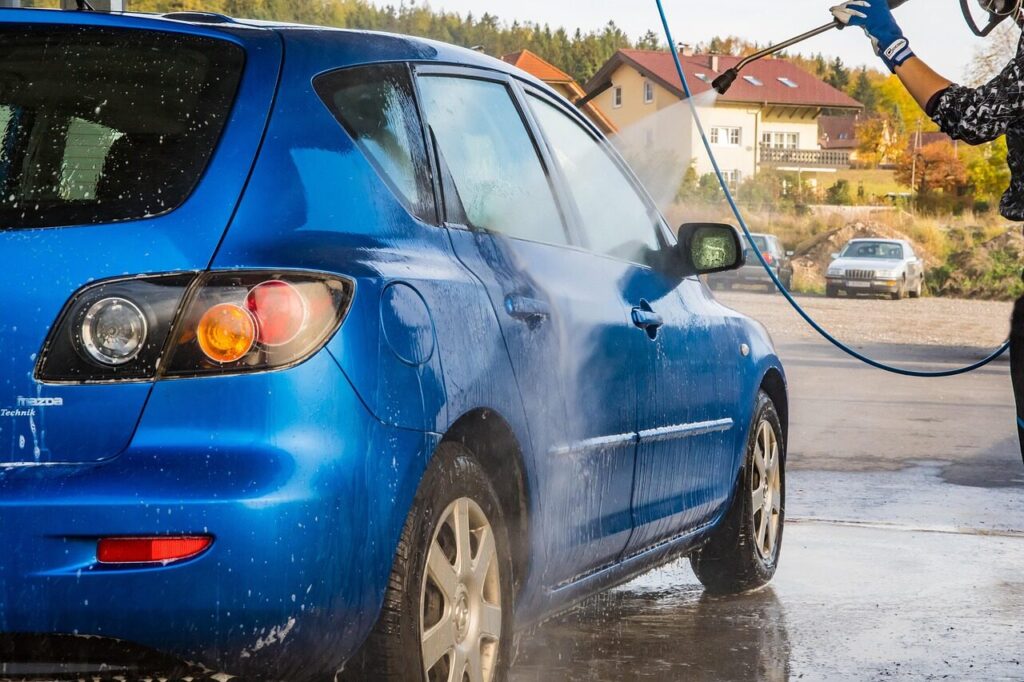
After applying detergent or cleaning solution, always rinse the surface thoroughly to remove any remaining soap or residue. Failing to rinse properly can leave behind streaks or dull patches that attract more dirt over time. Use clean water and a higher-pressure nozzle for the final rinse, working systematically to cover all areas. Begin at the top and move downward to let gravity assist in rinsing away loosened grime. A thorough rinse not only enhances the final appearance but also protects surfaces from chemical buildup, ensuring they remain fresh, spotless, and well-maintained after every cleaning session.
13. Maintain Your Pressure Washer
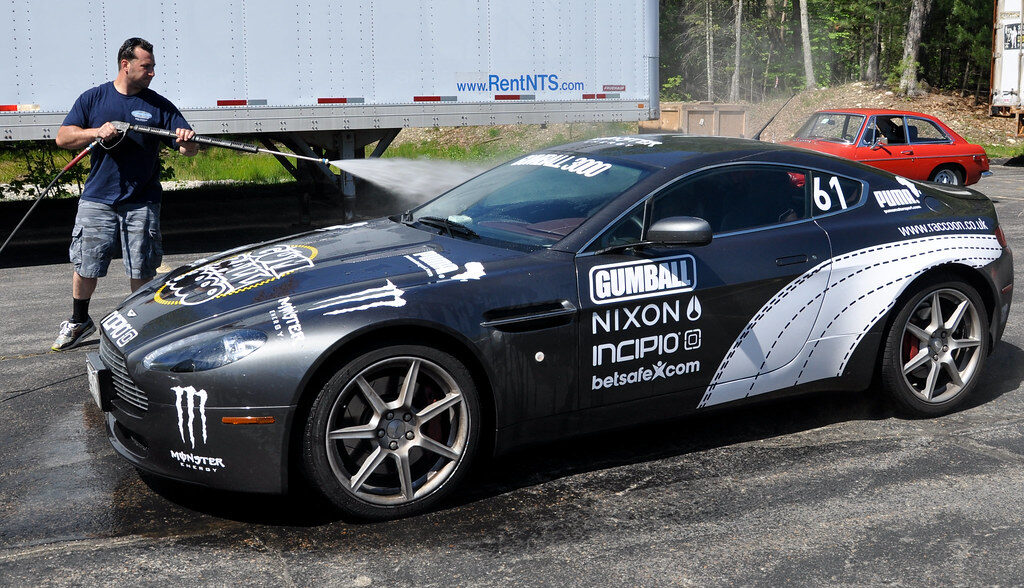
Proper maintenance keeps your pressure washer performing at its best and extends its lifespan. After each use, run clean water through the system to flush out detergent or debris. Inspect hoses, nozzles, and filters regularly for signs of wear or clogs. Store your pressure washer in a cool, dry place to prevent rust and freezing damage. For gas-powered models, change the oil and check fuel levels as recommended by the manufacturer. Consistent care ensures your machine remains reliable, safe, and ready for the next task. A well-maintained washer delivers consistent results and saves money in the long run.
Comments